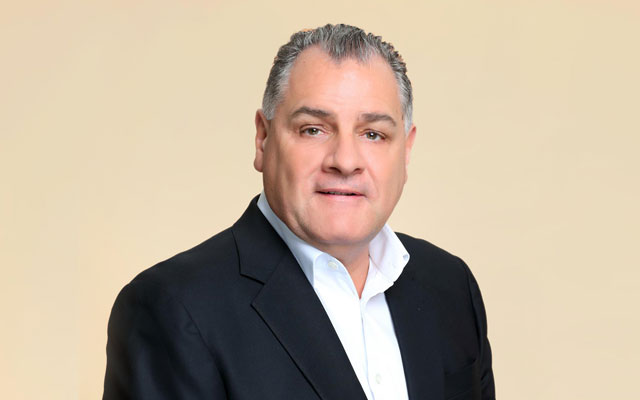Paul Hutton, Hilton’s vice president, operations, South-east Asia, talks to Rachel AJ Lee about key meetings trends and the company's development plans for the region.

What interesting observations have you noticed of the South-east Asian MICE market?
First, there has been movement away from half a dozen key cities – which includes where we have legacy hotels – to second- and third-tier cities across the South-east Asian region.
We’ve been sending quite a few meetings to Myanmar, to both Mandalay and Naypidaw. Provided there is the airlift and right hotels, with safety and security taken care of, companies are actually becoming more creative in how they want to engage their customers or employees. Most of us would like to rest well, eat well, and be in an environment that is conducive to great meetings. This is a reason why meetings have been moving away from large cities, as it’s a lot easier to offer all the above.
For instance, I took a 150-pax team of mine to Bali. It felt like I was on a vacation, but working between sessions. Walking outside between gardens and breathing fresh air, (was so much better than) walking between two meeting rooms.
Next, there is also a strong desire for sustainability, plus a connection to local culture.
When we opened the Bali conference, we invited two teenage girls to speak about how proud they were to be Balinese and what they wanted to do to tackle the plastic issue (in the sea) in Bali. They delivered a great message, and every delegate told me that it was an inspiring way to start the event.
Lastly, meetings are now being driven by customers who are sure about what they want, and what outcomes they need out of the meeting. This ties in with Hilton’s Meet with Purpose campaign, which was piloted in Singapore in 2016 and officially launched this June.
We’re in a very competitive space – there are lots of brands and meeting venues that one can choose from in Singapore for example. Two things can help to make us stand out – our people, and the products that we have created and put together and how they deliver them.
As a whole, how is Hilton planning to capture more business travellers?
Innovation and technology are two crucial points. We are rolling out the digital key as corporate travellers like that ability to move in and about (our properties), as well as the connectivity. Technology will also allow them to choose their room, and even the view outside their room.
We also are working towards providing sustainable offerings. For instance, the choice of being able to have healthy food options and local food options without having to specially look for it. We see that the emerging travel class in China want comfort food, yet they also want to experiment (and try other cuisines). We need to get this mix right.
We’re also looking for gaps in markets to fill with our 14 brands, primarily in key cities for corporate travellers.
In Asia-Pacific, Hilton and DoubleTree brands are quite well set. But there are different travellers across the corporate traveller segment, from the budget traveller to the luxury traveller, so we need to give them a choice of brands.
What is Hilton’s expansion plan in the Asia-Pacific region?
Today we operate 224 hotels in 21 countries. Our pipeline is double that, with 441 hotels due to open in the next five to six years.
Hilton currently has the largest pipeline in this region. One in four hotel rooms across Asia-Pacific under construction has a Hilton flag on it.
For the Asia-Pacific region, the key market is clearly China. For my region, key markets are Malaysia, Indonesia and Thailand, while emerging ones are Sri Lanka, Vietnam and Myanmar.
We’re opening the first Hilton-branded property in Dili, East Timor, in 2019, and we’ll be the first branded hotel in the country.





















